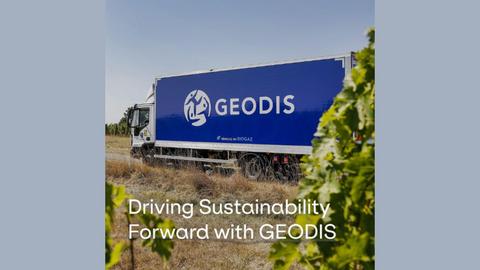Publications
Why Autonomous Robots Over Conveyors

You have decided to automate your pallet transport, great! Now you have to look for an effective solution before looking for service providers.
Should you implement a fixed system like a conveyor, a guided system like AGV or a mobile system like autonomous robots? How easy (or otherwise) would the installation be? Which one should you look at? Here are some key points which might help you.
Autonomous vs Automated system? Autonomous robots vary from traditional AGVs. They are mobile and move around the warehouse without the requirement of a guidance system. Using advanced geo-navigation technology ( for example : SLAM ), they use real time location within the warehouse and calculate their optimal movement from pick and drop position, for horizontal or/and high-lift vertical applications.
EASE OF INSTALLATION
Any operational warehouse looking to revolutionize the goods transfer process will look for an automation system that is easier and cost-effective to implement. This puts mobile robots at an advantage over a fixed automated system like conveyors. With an autonomous robot, you don’t need to redraw or move your existing operation lines. Another point is the time consumed to install these systems. An autonomous robot is quick and easy to install and does not interfere with ongoing production or warehouse process lines. With infrastructure free navigation technology like geonavigation, autonomous robots are easier to install than a fixed automation system or even traditional AGVs which can often be time-consuming, and in some cases, require a partial adjustment of operations.
MAINTENANCE & ENERGY
One benchmark of an automation system is the potential return on investment (ROI), which makes maintenance a crucial driving factor. With minimal maintenance requirements and advanced energy solutions, the maintenance cost of an autonomous robot is much lower as compared to the conveyors. Conveyors, although helpful in goods transfer, require a constant and costly maintenance schedule to keep it operational. This takes us to the second point: power consumption. Robotic trucks use (battery) power on demand, directly correlating to the warehouse load, while a conveyor system uses constant power for all types of operations, thereby increasing the energy cost.
FLEXIBILITY AND SCALABILITY
Lean Manufacturing is the ideal practice production factories chase and implement. This makes any potential new system consistent with existing practices. Again, an autonomous robot may be chosen over fixed systems for its ease of flexibility and scalability. Autonomous trucks, both ground level and high-lift robots, do not need changing production routes since they do not occupy a fixed space. Fixed automation, especially conveyors, takes up substantial space, which can hinder certain movements around the plant and thereby decrease the throughput.
Furthermore, when the conveyor stops, other logistics flows get hindered as well. In cases of scalability in the future, autonomous robots are your best bet as any new potential increase in requirements can be handled by simply deploying additional trucks. Conveyors, in this regard, are limited to short load transfers and a maximum throughput threshold.
MARKET TRENDS
The global autonomous robot market size is slated to exhibit a CAGR of 9.5% by 2025 against 4.5% for conveyors. Automation in industrial processes is primarily based on the integration of the Internet of Things (IoT) with the existing infrastructure. Autonomous robots, more mobile than traditional AGVs, are a forerunner to the adoption of technologies in any industry.
NOTE: Autonomous vs Automated system?
Autonomous robots vary from traditional AGVs. They are mobile and move around the warehouse without the requirement of a guidance system. Using advanced geo-navigation technology ( for example : SLAM ), they use real time location within the warehouse and calculate their optimal movement from pick and drop position, for horizontal or/and high-lift vertical applications.
Allan CHEW is a robotics expert and sales director for APAC at BALYO.


